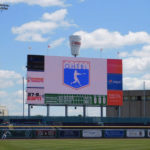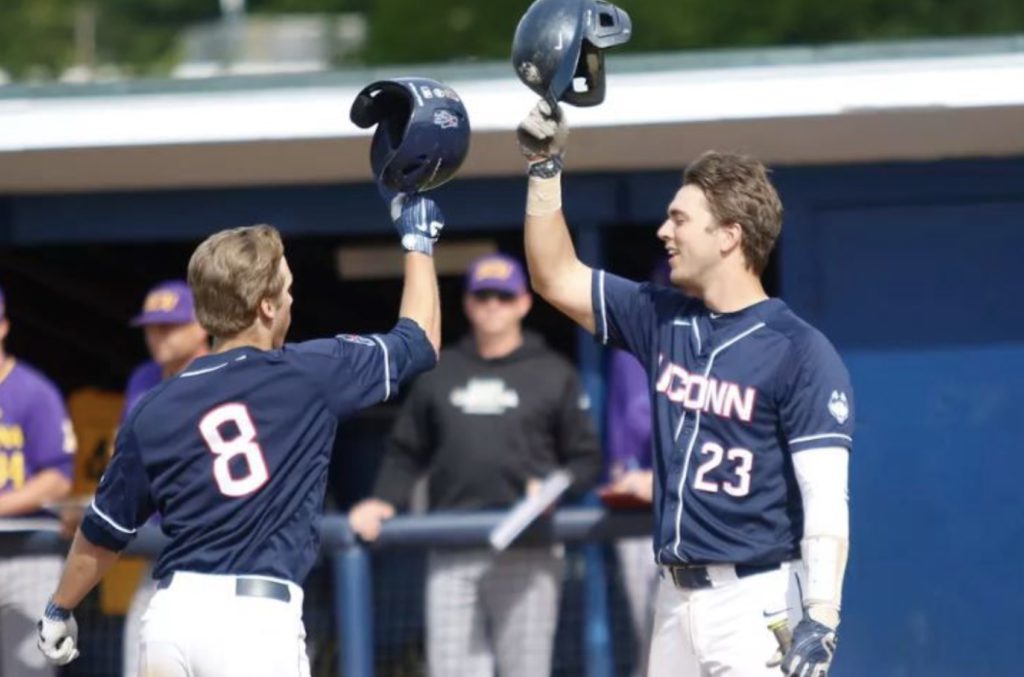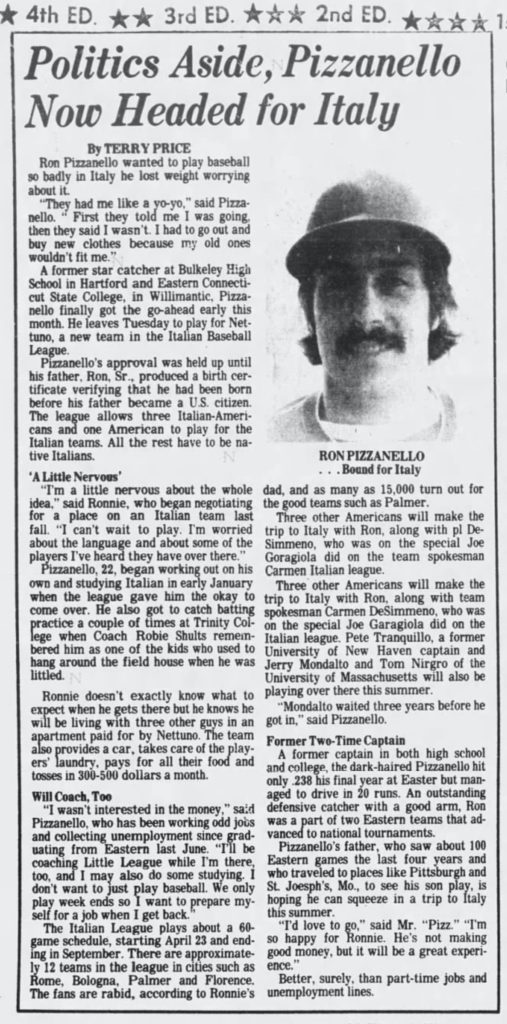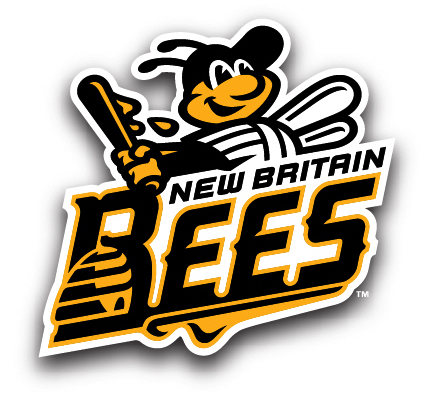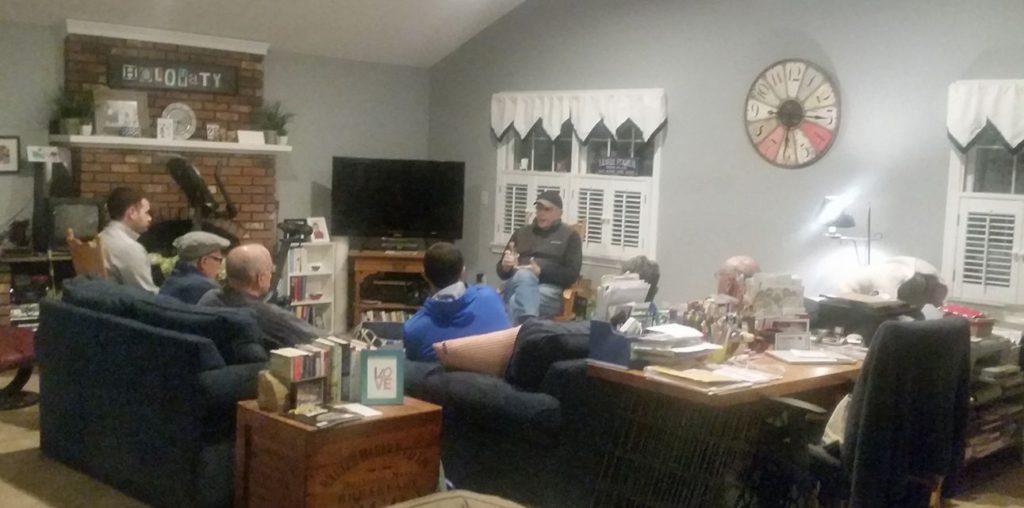Double-elimination tournament to be hosted at Trinity’s turf baseball facility in Hartford.
Games to be played on August 3, 4, 6, 7, 8, 9, 10, & 11 (if needed) at Trinity College, 300 Summit St, Hartford, CT 06106
– Tickets will be $10 per person at the gate for all fans.
– Players, Managers, League Officials, and Volunteers are free.
– A food truck will be in attendance to serve as concessions.
Note to players and managers:
To be eligible for playoffs, players need 5 total appearances in 5 separate/individual games as either a position player or a pitcher. For example, 3 pitching appearances in 3 games and 2 appearances at First Base in 2 games equals a total of 5 appearances.


